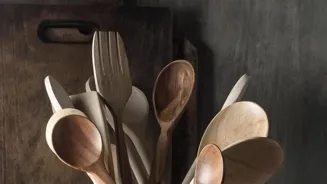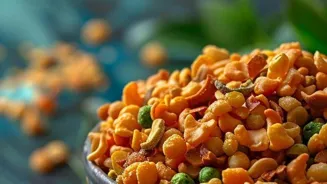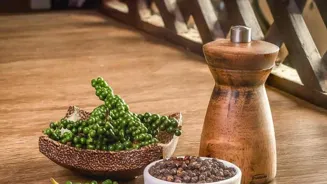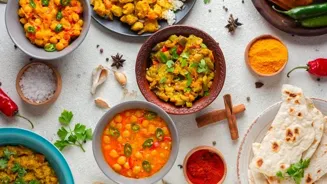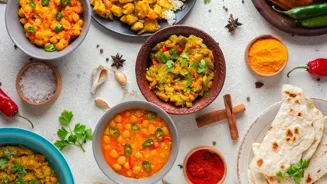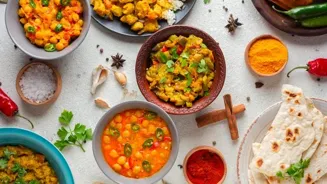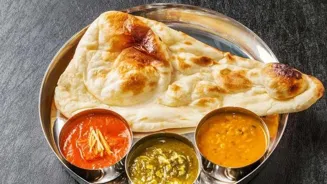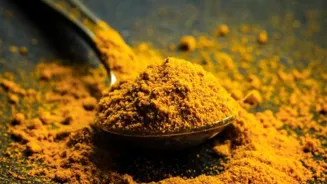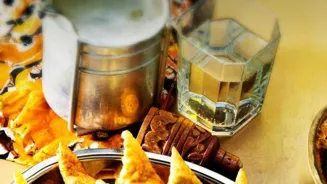Discover 10 timeless Indian cooking tips from grandmothers that still work like magic! From soaking lentils to tempering spices, these traditional techniques enhance flavor and texture. Uncover the culinary
wisdom passed down through generations for tastier, easier cooking. Read on to elevate your dishes with these age-old secrets
In the heart of every Indian home, the kitchen is not just a place for cooking; it’s a treasure trove of wisdom passed down through generations. Our grandmothers, the culinary custodians of our culture, held secrets that transformed simple ingredients into magical feasts.
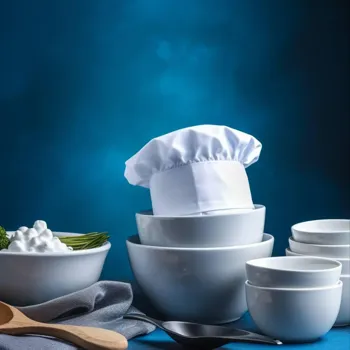
These tips, whispered from mother to daughter, still resonate in modern kitchens, making our food tastier and our cooking easier. Let's rediscover ten timeless tips that continue to work like charm:
Soaking lentils and rice before cooking enhances texture and taste
Grandmothers always insisted on soaking lentils (dal) and rice before cooking. This isn’t some old wive's tale; it’s pure science! Soaking hydrates the grains, reducing cooking time and ensuring even cooking.
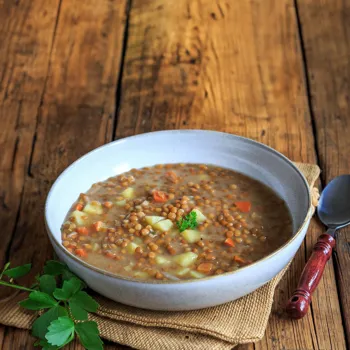
For lentils, a soak of at least 30 minutes makes them softer and easier to digest, reducing the chances of bloating. For rice, soaking for about 20 minutes before cooking results in fluffier grains that don't stick together.
This simple step can noticeably improve the texture and taste of your favorite dal and rice dishes. Plus, soaking also helps to remove phytic acid, which is an enzyme that can hinder nutrient absorption. It's a small effort that makes a big difference in the final outcome of your meal.
Try it next time you whip up a comforting bowl of dal or fragrant rice and taste the difference! The age old tips always come through.
Tempering spices in oil enhances Indian dishes' flavors
The art of tempering, or "tadka," is the soul of many Indian dishes. Grandmothers knew that heating spices in oil unlocked their full potential. The hot oil extracts the essential oils, releasing a burst of aroma and flavor that infuses the entire dish. The right order and temperature are crucial.
Start with whole spices like cumin seeds and mustard seeds. Wait for them to splutter before adding other spices like ginger, garlic, and asafoetida (hing). Don't burn the spices; gently sauté them until fragrant.
This simple step elevates the flavors of dals, vegetables, and even yogurt-based dishes. The tadka is your secret weapon for dishes bursting with authentic Indian flavors. This part is an important, the spices should be aromatic, do not make them burn. Burning will give a bad aroma.
Cast iron cookware distributes heat evenly, leaching iron into food
While modern non-stick cookware is convenient, grandmothers swore by cast iron. These heavy pans and skillets distribute heat evenly, resulting in beautifully cooked food.
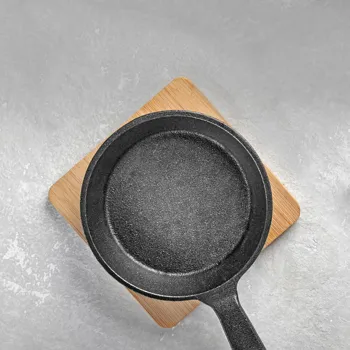
More importantly, cast iron cookware leaches small amounts of iron into the food, especially when cooking acidic dishes like tomato-based curries. This is a boon for those who are iron-deficient. Seasoning the cast iron cookware properly is key to preventing sticking.
With proper care, cast iron cookware can last for generations, becoming a cherished family heirloom. They are heavy but they help cook the food perfectly. Make sure to handle the utensils with a thick glove to avoid burns.
Homemade ghee is pure, sacred, and nutritious, with rich flavor
Grandmothers rarely bought ghee from stores; they made it at home. Homemade ghee is pure, unadulterated, and packed with flavor. The process involves simmering butter until the milk solids separate and the golden liquid remains.
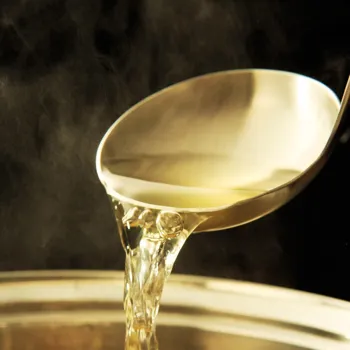
Ghee is not just a cooking medium; it's considered sacred in Ayurveda, known for its health benefits. It aids digestion, boosts immunity, and nourishes the skin. A dollop of ghee adds richness and aroma to any dish, from dals and rice to sweets and breads.
Making ghee at home requires patience and attention, but the result is worth it. Ghee gives a good aroma. Store bought ghee may not give the same.
Marinate tough vegetables in curd for softer texture
Tough vegetables like okra (bhindi) or colocasia leaves (arbi) can be challenging to cook. Grandmothers had a simple solution: marinate them in curd (yogurt) before cooking. The acid in the curd helps to break down the fibers, making the vegetables softer and more palatable.
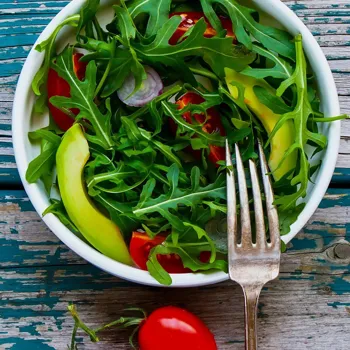
You can also use curd to tenderize paneer (Indian cheese) before grilling or frying. Marinating for at least 30 minutes yields the best results. This tip is especially useful for those who struggle with cooking certain vegetables. This tip also helps to avoid the vegetables from drying off.
Homemade ginger-garlic paste enhances Indian dishes
Freshly ground ginger-garlic paste is the foundation of many Indian curries and stir-fries. Grandmothers never relied on store-bought versions, which often contain preservatives and lack the punch of fresh paste.
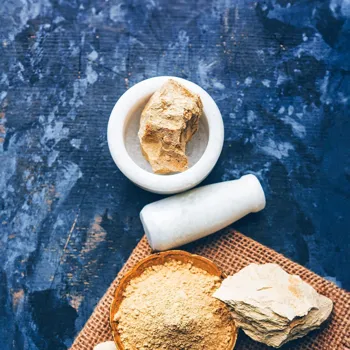
Making it at home is easy: simply blend equal amounts of ginger and garlic with a little water. You can store the paste in the refrigerator for up to a week. A spoonful of ginger-garlic paste adds a zingy, aromatic flavor that elevates any dish. It is the start to a delicious curry.
It adds a unique flavor.
AI Generated Content. Glance/InMobi shall have no liability for the content